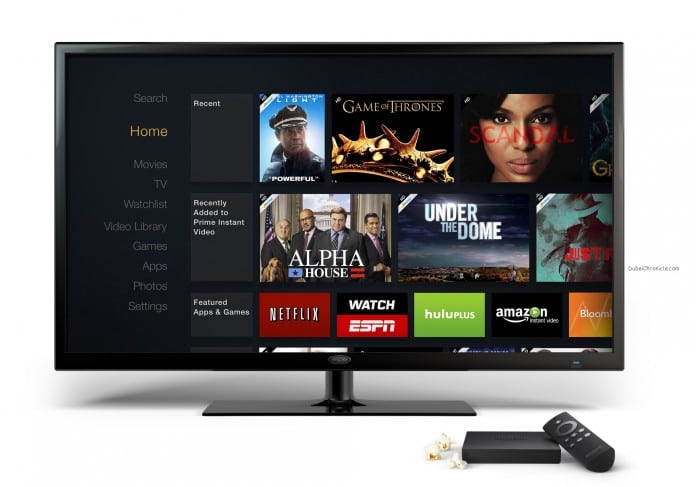
A new report, “Television’s business model – Fit for a digital world: Middle East perspective”, assesses television’s current performance and outlook given the growing number of digital challengers. The report is based on Deloitte’s Global Mobile Consumer Survey- an online survey taking place in 22 countries including the UAE and Saudi Arabia- as well as primary market surveys and interviews with a range of Middle East industry players.
The four most major digital challengers assessedinclude:
Subscription video-on-demand (SVOD)
The region has seen a rise in subscription video-on-demand (SVOD) providers. Although SVOD is gaining traction in the region and growing at a much faster pace than global markets, the Middle East, at less than one per cent, still represents a very small share of worldwide SVOD revenues.
However, SVOD in the Middle East is still at a nascent stage, with much fewer players active locally than in more established markets such as Europe. With much higher uptake and penetration in online streaming, there is plenty of consumer demand and room for the local SVOD market to grow, creating opportunities for local players to capitalize on. The recent foray of standalone regional SVOD providers into original content, a strategy that helped revive Netflix’s fortunes, could represent a defining trend separating potential winners from losers in a market with a disproportionate amount of free content.
Sports
The rise of the Internet and the abundance of sports related information available from the Web challenge television’s primacy as the principal source of premium sports content. Findings suggest that television always has and will continue to remain the home of premium sports.
In the Middle East, Deloitte estimates that in 2015 and beyond, the value of premium region-specific sports rights will continue to increase by at least 15-20 per cent per annum. With global sports rights estimated to be growing at a slightly slower pace in 2015 than the 14 per cent growth predicted for 2014, regional sports rights from next year are set to outpace global growth by an even wider margin.
Video clips
Short-form has boldly risen in the region, with viewing statistics in the ‘millions’ and even the ‘billions’. Despite this, findings suggest that although short-form video clips are gaining popularity globally and locally, traditional long-form television maintains its dominance in Middle East viewership levels, hours watched and advertising revenues.
Innovation
Although technology companies seem to dominate when it comes to innovation, the TV industry has proven adept at exploiting a range of technological advances, such as video compression. Similarly in the Middle East, television has maintained its position as the dominant media platform, despite digital disruptions including the rise of online streaming, social media, mobile gaming as well as smartphone and smart TV penetration.
Television has fared positively in an increasingly digital Middle East, but should be conscious of the ever-changing digital environment and the power it can provide in advancing regional television.





































